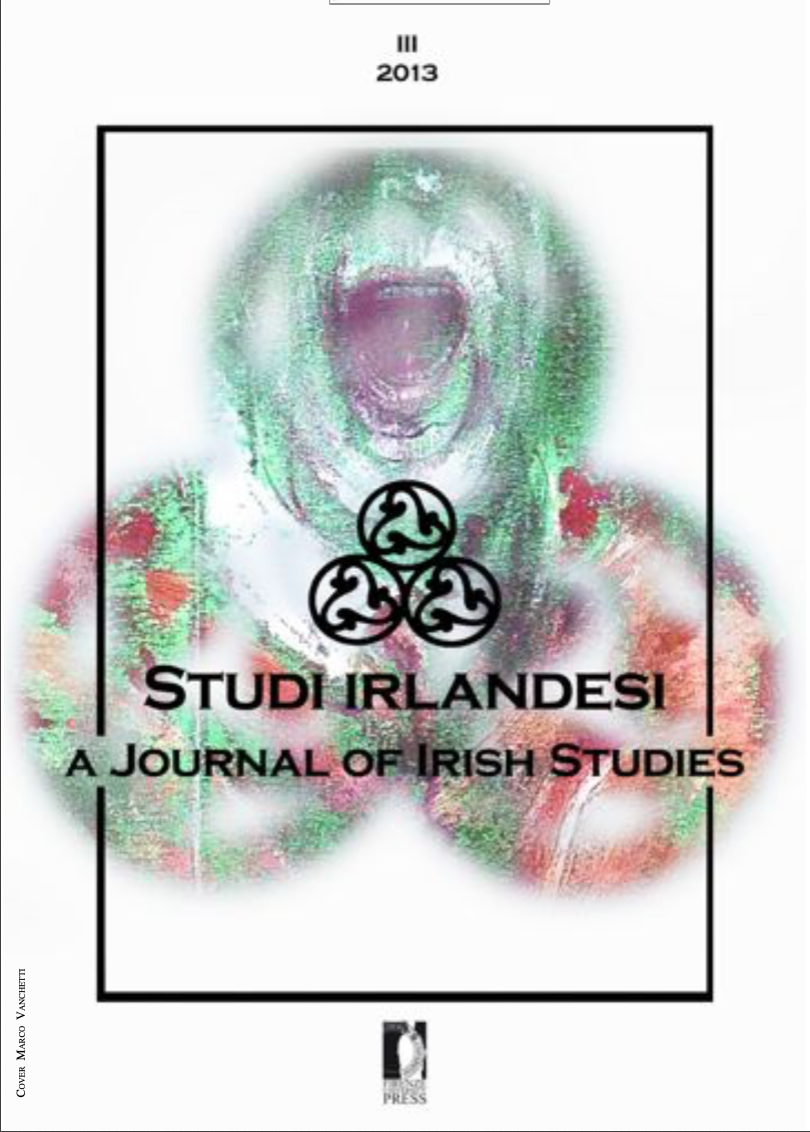Cult of the Sexless Casement with Special Reference to the Novel "The Dream of the Celt" by Mario Vargas Llosa (Nobel Prize Winner for Literature 2010)
Published 2013-12-30
How to Cite
Abstract
The Irish revolutionary Roger Casement, executed in 1916, has spawned an army of books, articles, and news stories, more about his diaries and the authenticity controversy that still surrounds them than about his seminal work encouraging and arming Irish separatism or his humanitarian investigations in the Congo and the Peruvian Amazon. His aura and image in life, and more so in death, was Christ-like. A cult developed that required him to be sexless. The more he was said to be an active homosexual, as graphically revealed in his journals, ironically, the more he was revered as an icon by his Catholic nationalist supporters. The entry of Nobel prizewinning novelist Mario Vargas Llosa to the field and his adoption of a mixed, even contradictory, view of Casement’s sexuality in his Dream of the Celt (2010) has sparked a new round of disputation particularly from Angus Mitchell, the foremost proponent of the diary forgery theory. This emerges in his extensive Field Day Review articles, one of which provides a full history of the controversy.


